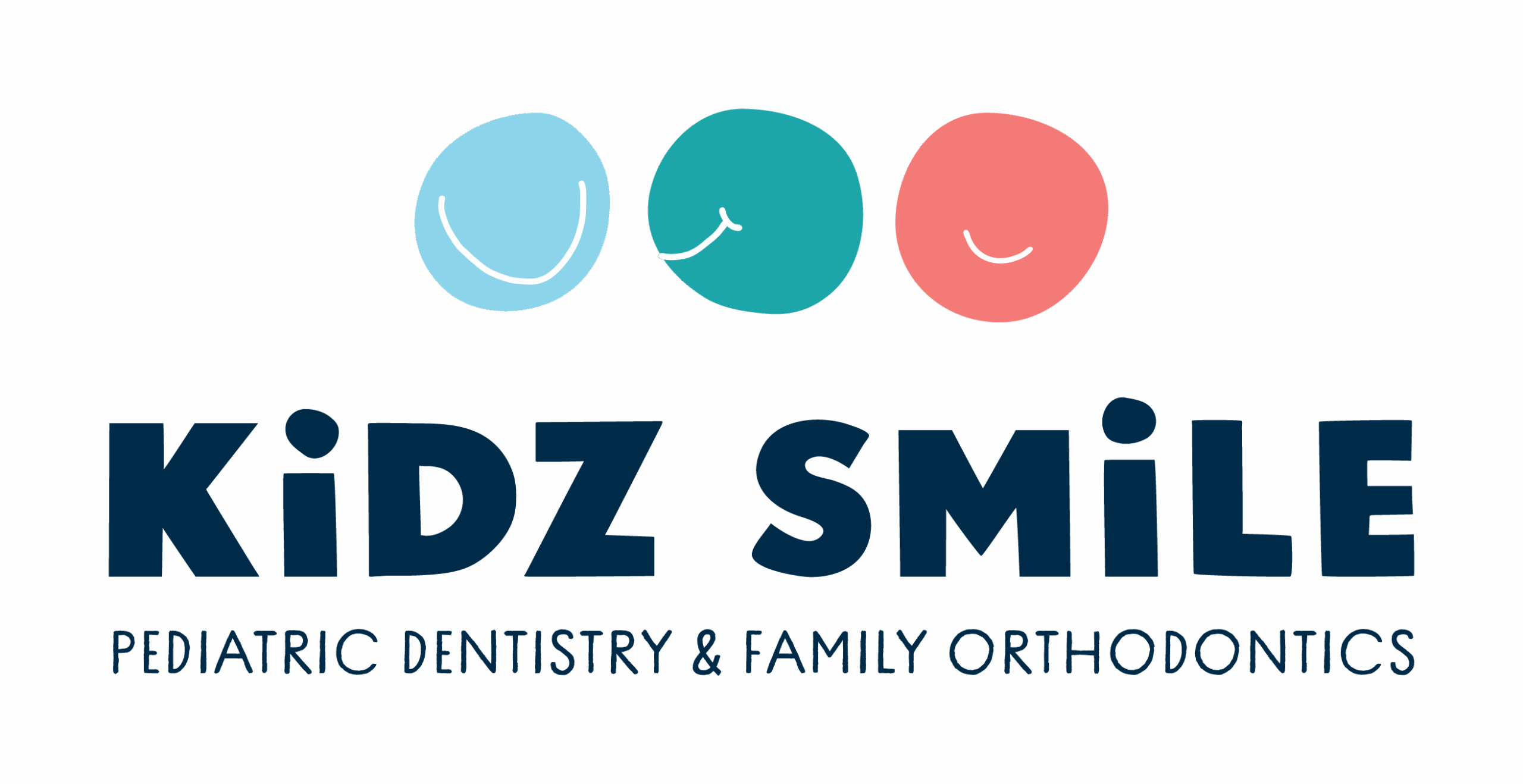Space Maintainers
Space Maintainers at Kidz Smile Pediatric Dentistry
Although baby teeth eventually fall out to make way for permanent teeth, they play an essential role in your child’s growth and development. Baby teeth not only assist with speaking, eating, and chewing but also act as placeholders for the permanent teeth that will erupt later.
What Happens When a Baby Tooth Is Lost Prematurely?
If a baby tooth is lost too early due to severe decay or injury, the surrounding permanent teeth may begin to drift into the empty space. This unwanted movement can reduce or block the room needed for an incoming permanent tooth, potentially causing misalignment or crowding.
Preserving Space for Permanent Teeth
To prevent neighboring teeth from shifting and ensure there is enough space for permanent teeth to erupt properly, a dental appliance called a space maintainer may be necessary. As the name suggests, a space maintainer holds open the gap left by a prematurely lost baby tooth, preserving the space for the future permanent tooth.
Not every case requires a space maintainer. The need depends on factors such as the location of the missing baby tooth, the development stage of the permanent teeth, and your child’s individual dental health. At Kidz Smile Pediatric Dentistry, we carefully evaluate these factors to determine if a space maintainer is right for your child.
Types of Space Maintainers
Space maintainers can be either fixed or removable, depending on your child’s specific needs:
Fixed Space Maintainers: These are cemented to the teeth adjacent to the gap and remain in place until the permanent tooth erupts.
Removable Space Maintainers: These can be taken in and out of the mouth, offering flexibility in some cases.
Regardless of the type, space maintainers are removed once the permanent tooth has erupted and the space is no longer needed.
Preserving your child’s oral health goes beyond just caring for their baby teeth, it’s about laying the foundation for a lifetime of healthy smiles. At Kidz Smile Pediatric Dentistry, we understand the importance of timely intervention when baby teeth are lost prematurely. Space maintainers play a crucial role in guiding permanent teeth into their proper positions, helping to prevent future orthodontic issues and ensuring your child’s smile develops beautifully.
If you have concerns about your child’s dental development or believe they may benefit from a space maintainer, don’t hesitate to reach out. Our caring and experienced team in Lower East Side, NYC, is here to provide personalized, gentle care tailored to your child’s unique needs. Together, we can help safeguard your child’s smile for years to come.
FAQs About Space Maintainers in Lower East Side, NYC
Q: What age are space maintainers typically used?
A: Space maintainers are usually used for children who lose baby teeth prematurely, typically between ages 4 and 12, depending on when the permanent teeth are expected to erupt.
Q: How do I know if my child needs a space maintainer?
A: Your pediatric dentist at Kidz Smile Pediatric Dentistry will evaluate your child’s teeth and development to determine if a space maintainer is necessary.
Q: Are space maintainers uncomfortable for kids?
A: Most children adapt quickly to space maintainers, and any initial discomfort usually subsides within a few days.
Q: How long does a child wear a space maintainer?
A: A space maintainer is worn until the permanent tooth begins to erupt, which varies depending on the tooth and child’s development.
Q: How do I care for my child’s space maintainer?
A: Proper oral hygiene is essential. Brush around the appliance carefully, and follow any specific care instructions provided by your pediatric dentist.
Q: Can space maintainers prevent future orthodontic problems?
A: Yes, by preserving space for permanent teeth, space maintainers help reduce the risk of crowding and misalignment, potentially lessening the need for orthodontic treatment later.
